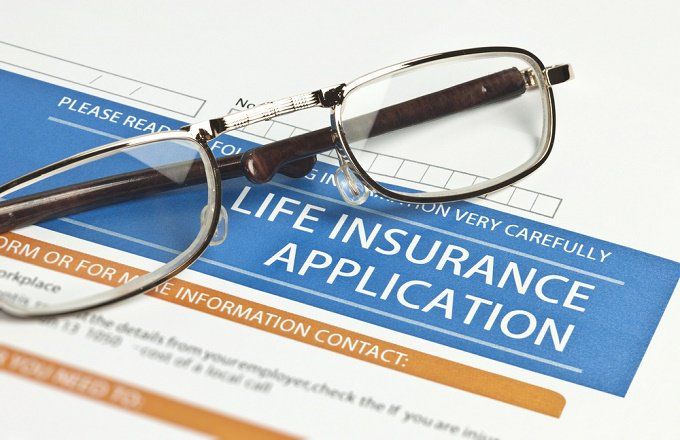One of the reasons that most state governments in the United States mandate that all drivers purchase automobile insurance is to avoid the problem of “adverse selection,” or the process by which the most risky insurance customers force out the least risky. Adverse selection is why American adults were, through the 2018 tax year, mandated to purchase health insurance through Obamacare. There are economic arguments for these compelled purchases, but real-life examples show that theory and practice often differ.
Key Takeaways
- Adverse selection in car insurance is the process by which the most risky insurance customers force out the least risky.
- If prices cannot adjust based on individual risk, the most expensive insurance customers drive up the average premiums and make it uneconomical for the least risky to buy.
- Insurance companies tend to compensate by charging those deemed high-risk a higher premium than other customers.
Adverse Selection and Auto Insurance
Mandated auto insurance does not usually target low-risk drivers who might otherwise drop out. Rather, it targets high-risk drivers and forces them to buy insurance. Modern actuaries and insurance screeners do not struggle to identify risky vs. safe drivers, and many do not want to cover high-risk drivers at a loss. For this reason, all states and the District of Columbia offer their own sponsored “residual market” car insurance policies to subsidize high-risk drivers.
Adverse Selection and Other Solutions
Individuals vary in their need for risk protection and their knowledge of risks and risk tolerance. Insurance companies might have even less knowledge of individual circumstances. If insurance companies fail to distinguish between high-risk and low-risk customers, meaning they are unable to perform effective actuarial processes, then the average premium charged to a consumer might be so high that the low-risk customers drop out of the market.
If the economic model of differential pricing is not allowed or impractical, the other solution to adverse selection is to prevent low-risk customers from dropping out of the market. This means forcing all individuals to purchase insurance, thus preventing insurance companies from collapsing under the cost of high-risk payouts. In effect, the low-risk must subsidize the high-risk.
How Private Insurance Companies Protect Against Adverse Selection
Adverse selection is a problem of knowledge, probabilities, and risk. In most situations, it is fairly easily overcome with differential pricing mechanisms. Suppose two different individuals apply for car insurance through Allstate Corporation (NYSE: ALL). The first applicant is a 22-year-old male, drives to and from work every day, has a history of speeding, and has previous accidents on record. The second applicant is a 40-year-old mother who often takes public transit to work and has not had a ticket or accident in over a decade.
From the insurer’s perspective, the first applicant is far riskier and far more likely to cost it money. The second applicant is a mild risk. To identify which is riskier, Allstate asks probing questions during the application process and also consults its actuarial tables; it turns out that 20-something men are the most expensive to insure. Thus, Allstate can compensate for the extra risk by charging a higher premium to the first applicant.
Example: Adverse Selection and the Affordable Care Act
The controversial Affordable Care Act of 2010, commonly known as the ACA or Obamacare, required nonexempt adults in the United States to purchase health insurance. This is known as the “individual mandate.” It was specifically designed to stop adverse selection from taking over the health insurance market after the ACA went into effect.
Two aspects of the ACA make actuarial work more difficult, putting insurance providers and low-risk customers at an economic disadvantage. First, insurance companies must provide the same level of minimum coverage, called “essential health benefits,” to all insurance applicants. Second, insurance premiums use community-rating systems that make it illegal to screen based on many individual health considerations, such as past medical history or gender. Instead, premiums are mostly set on geography and age.
The ACA tackled these problems by compelling all companies with more than 50 employees to buy insurance and imposing the individual mandate. Since it is very possible but no longer legal to screen individuals based on risk, insurance companies receive subsidies for high-risk consumers. The adverse selection problem is created by the required essential health benefits and theoretically addressed by the individual mandate, though most of the exchanges have struggled as of July 2016.
The Bottom Line
On the surface, adverse selection in auto insurance works the same way as health insurance. When insurance companies cannot screen effectively, high-risk drivers may force up premiums for everyone. This may even result in low-risk drivers deciding not to drive, hurting insurers’ profitability even further. That is the theory, but the practical reality is actually the opposite.
